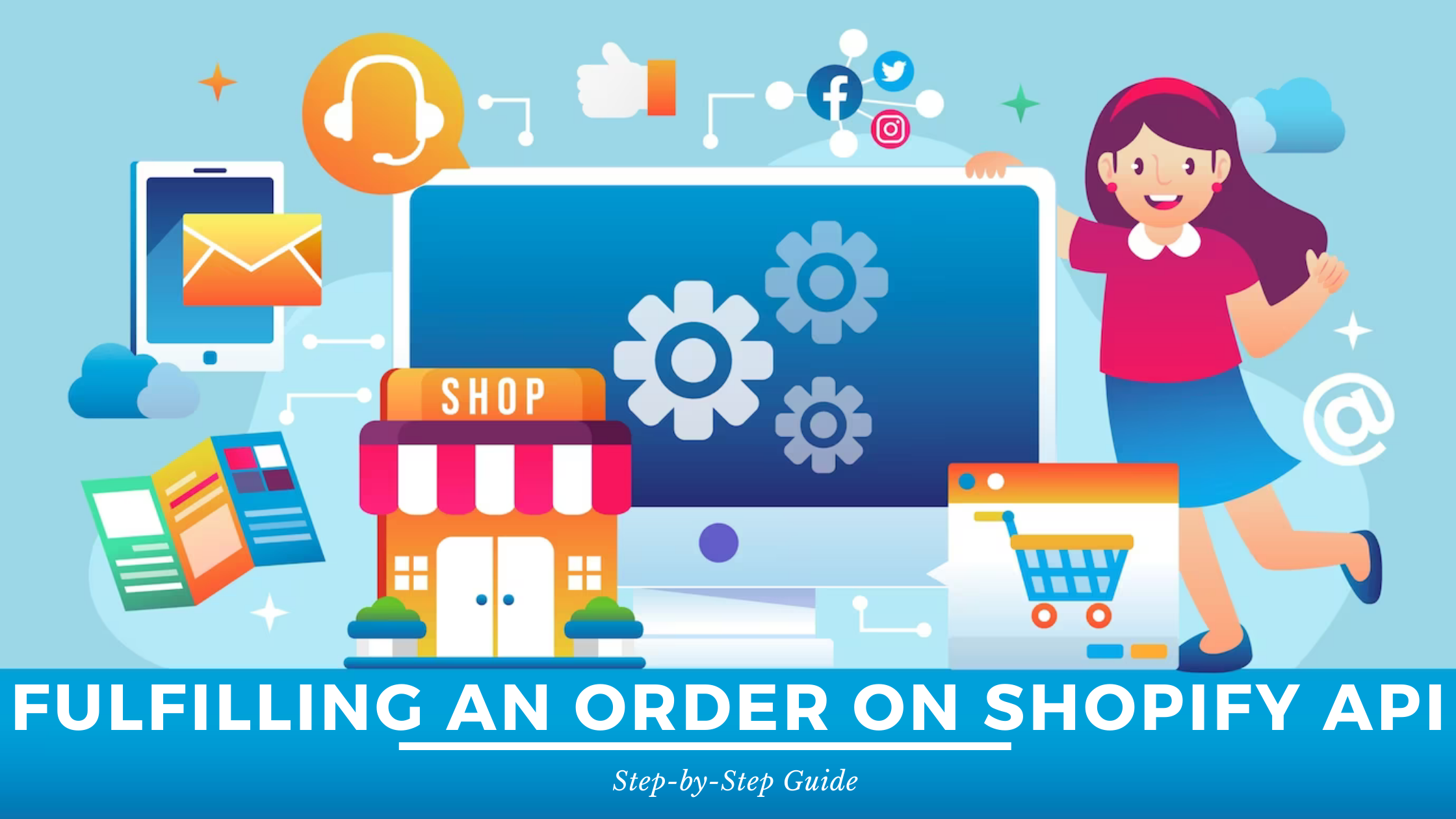Fulfilling an Order on Shopify API: Step-by-Step Guide
-


Fulfilling an Order on Shopify API: Step-by-Step Guide
Shopify, a leading e-commerce platform, offers a robust API that allows merchants to manage and fulfill orders efficiently12. This guide will walk you through the process of fulfilling an order on Shopify using its API.
Understanding the Shopify API
At the core of Shopify is the Admin API, available through GraphQL and REST3. It provides data on products, customers, orders, inventory, fulfillment, and more43. The Fulfillment Orders API models the end-to-end fulfillment process into its sub-pieces, so fulfillment data can sync more accurately between Shopify and an order management app or a 3PL1.
Steps to Fulfill an Order
- Get the Order Details: Send a GET request to the Shopify API to retrieve the details of the order5. The request URL follows this pattern:
https://your-store-name.myshopify.com/admin/api/2022-10/orders/{order_id}/fulfillment_orders.json5. - Create a Fulfillment: Once you have the order details, you can create a fulfillment for the order6. This involves sending a POST request to the Shopify API with the necessary details6.
- Update the Order Status: After the fulfillment is created, you can update the order status to ‘fulfilled’2. This is done by sending a PUT request to the Shopify API2.
- Notify the Customer: Optionally, you can notify the customer that their order has been fulfilled2. This can be done by sending an email or updating the order status on the customer’s account2.
Relevant SaaS Products for Shopify API
Here are some relevant SaaS products that can be used with the Shopify API:
- BigCommerce: BigCommerce has various APIs that allow managing store data, authenticating customers, making client-side queries for product info, etc7. Official Website
- WooCommerce: WooCommerce operations can be streamlined and controlled using its API7. Official Website
- Ecwid: Ecwid API is one of the most secure ones in the market today, and it works on the oAuth2 authentication model7. Official Website
- Magento: Magento is an open-source e-commerce platform that offers powerful features for growing businesses7. Official Website
- OpenCart: OpenCart is a free, open-source e-commerce platform that offers a plethora of features and is easy to use7. Official Website
Conclusion
Fulfilling an order on Shopify using its API is a straightforward process that involves retrieving the order details, creating a fulfillment, updating the order status, and optionally notifying the customer. By leveraging the power of the Shopify API, merchants can automate these tasks, leading to increased efficiency and improved customer satisfaction.





